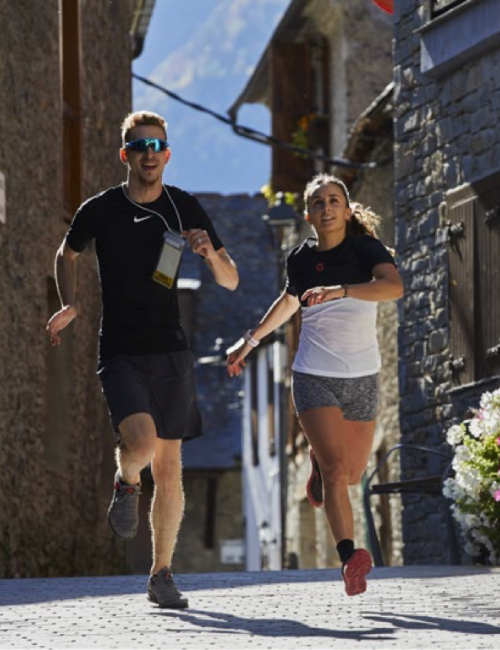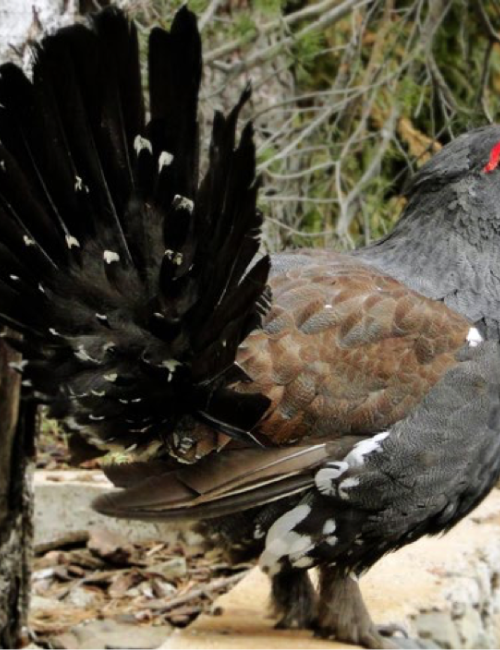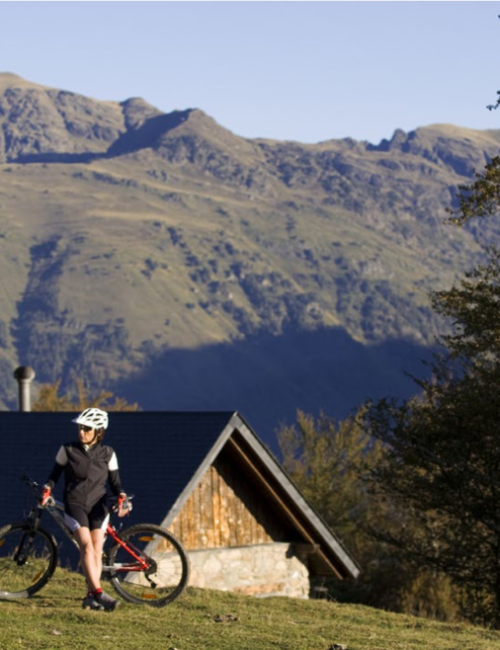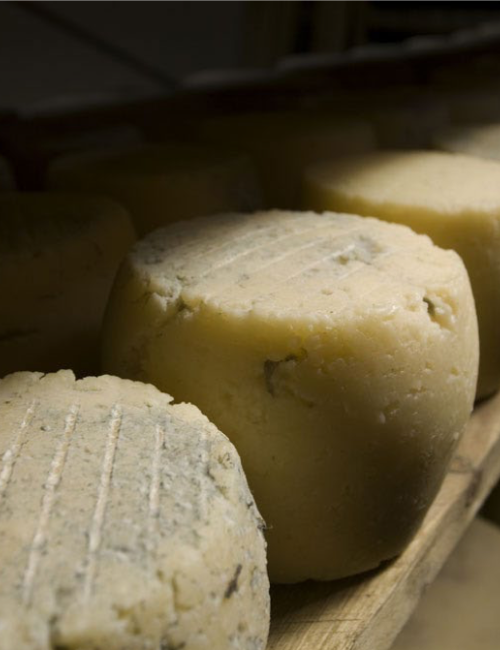Time ago, this ancient road parallel to the Garona river was the only way to get from one town to another. Today, the 150 kilometres which connect the valley's 33 towns have been recovered. The road can be travelled in full or choosing independent stretches. Either way, it is ideal for discovering the essence of Val d’Aran step by step.
What struck Josep Pla in Val d’Aran were “the great pine forests of its important mountainsides”; he saw them as prodigious trees of a svelte elegance. Today, they continue to inspire admiration atop the high mountains surrounding the valley. Mountains which, as a natural barrier, kept it somewhat isolated until the inauguration of the road from the pass of Bonaigua and the tunnel of Vielha, well into the twentieth century. Located in the central Pyrenees, it faces the Atlantic watershed, with the Garona as its most representative river.
High bridges mark the start of a family adventure in this park which delves into the nature of the Pyrenees with all amenities. A route of some two hours in length gives everyone the chance to observe up to fifteen high-mountain species. Don’t forget your binoculars!
The Romanesque churches of Val d’Aran are quite the emblem. Each one unique, together they form a phenomenal artistic ensemble with landmarks like the church of Santa Maria d’Arties and its photogenic cemetery; the church of Unha, the only church in the valley to conserve its mural paintings; or, of course, the Christ of Salardú.
Here, the artisans are distinguished by a quality brand which highlights the value of 45 products and 14 producers who care for the good work of both the taste and the environment they acquire their resources from. Among these products, caviar, beer, crème de cassis, honey and cider are stupendous souvenirs to bring home.
Established in 1964, it is a landmark in the world of snow. With a skiable area of 2,273 ha, it is the biggest resort in Southern Europe. Its 165 skiable kilometres and over a hundred slopes provide it an authentic white galaxy for enjoying different ski modalities. Not to mention any off-slope plans!
This small rural town located at 1,419 m has the merit of being the highest point in the valley. But that’s not the only thing which makes it special: it has also managed to conserve its charming typical Aranese architecture, with cobblestone streets, stone and slate houses and flowers decorating every nook and cranny.
Sometimes a single landscape holds a place’s essence. It happens with Artiga de Lin, an expanse of meadows between beech and fir trees, where in addition, beauty and accessibility go hand in hand. It is reached after an easy 2-km route which starts at one of the valley’s most exceptional waterfalls, Uelhs deth Joeu.
The valley's capital offers a level of gastronomic variety to please even the most demanding travellers. Here, the mountains make it into the best kitchens without losing their taste or scent, a whole natural mouthful ranging from the most traditional Aranese cuisine to the most contemporary and surprising proposals.
The natural, cultural and gastronomic attractions are many, but any plan will find it hard to compete against certain hotels. In Val d’Aran you can find hotels with charm in Vielha’s historic centre; spa resorts in an extraordinary setting; luxury hotels and many more. Look for them here.
The beauty of the natural setting of the rivers and lakes of Val d’Aran can be joined by the pleasure of sport fishing. There are a number of native species, but the trout is the star. For proper environmental management, captures and sizes are controlled and every year this practice is regulated by an edict available here.
During the festivity of Saint John, the towns of Les and Arties keep the thousand-year-old fire festivals –dating back to Celtic rituals– alive. The festival consists in the burning of a fir trunk in the town square, surrounded by traditional Aranese dances and songs. They form part of the summer solstice fire festivals in the Pyrenees inscribed on UNESCO’s List of Intangible Cultural Heritage.
In the nineteenth century, the valley's abundance of sphalerite transformed it into mining land. One such development was Mina Victoria, still open today. The Engine Room has been recovered as a visitor centre, as well as the canteen and workers’ house. The main attraction, though, is entering the Sacosta gallery!
Technology has democratised the pedalling hobby thanks to the appearance of e-bikes. No mountain stands a chance against electric bikes, making them a stellar family plan. There are numerous special routes for those who wish to combine adventure, nature, and the valley’s culture and traditions with their pedals. Spring through autumn only.
Val d’Aran is a hiking paradise. So naturally, there's a whole festival to celebrate its summits, trails and mountaineering culture in general. The scheduled activities include climbing Montardo, the valley’s great lookout point, or Cerro de Molières, the ceiling with 3,010 m. Leave a spot in your calendar this summer!
This is a major Pyrenean hub for canyoning, that part-aquatic, part-terrestrial speciality which consists in jumping, getting wet and having fun in the middle of nature. There's something for all levels, from less difficult to more technical routes. It’s a guaranteed adrenaline rush!







